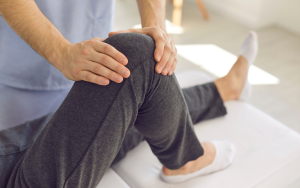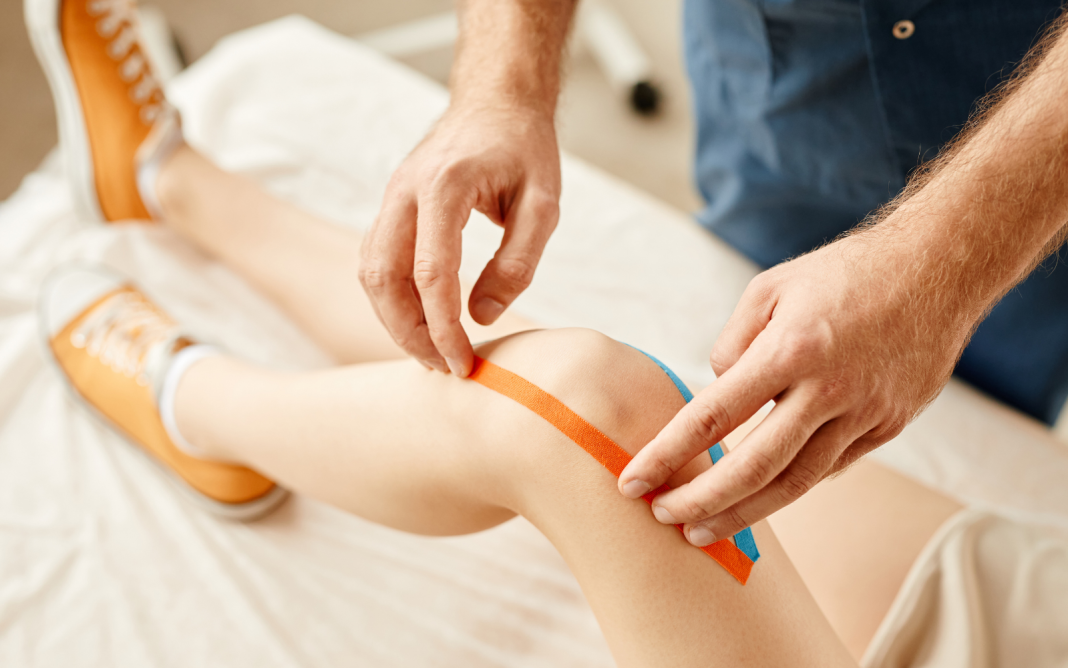Key Takeaways
- Manufacturers should engage with stakeholders to ensure the inclusion of active knee movement devices in new trial protocols.
- Communicate the potential value of these devices in enhancing rehabilitation outcomes compared to conventional therapy.
- Prepare comprehensive evidence to support future reimbursement applications, demonstrating definitive benefits in patient outcomes.
The Gemeinsame Bundesausschuss (G-BA) has launched a consultation process aimed at assessing the medical necessity and potential benefits of active knee movement devices for patients suffering from anterior cruciate ligament (ACL) ruptures. This consultation is rooted in a request made by the GKV-Spitzenverband in September 2015, which sought to determine whether these devices should be reimbursable under Germany’s statutory health insurance. The move comes as part of broader efforts to explore alternative and possibly more effective rehabilitation methods for ACL injuries, particularly given the long recovery times and potential complications involved in traditional rehabilitation techniques.
In January 2016, the G-BA formally accepted the request for evaluation and assigned the Institute for Quality and Efficiency in Health Care (IQWiG) to research the efficacy of active knee movement devices. The evaluation focused on both conservative (non-surgical) and post-operative rehabilitation settings, given the wide range of approaches to ACL recovery. The IQWiG review centered on two primary studies that were conducted to evaluate the benefits of these devices during a short observation period of two to seven days post-operation.
While the results indicated some use of the devices, the studies did not demonstrate significant beneficial effects on key patient outcomes such as pain relief and joint function. The studies were also criticized for their methodological limitations, including small sample sizes, making it difficult to draw definitive conclusions. Additionally, concerns about the potential for coercive use of these devices were raised, further complicating the evaluation process.
G-BA Delays Decision on Active Knee Movement Devices for ACL Rehabilitation, Calls for Further Research
Despite the inconclusive results from the initial studies, the G-BA acknowledged that active knee movement devices might offer potential as an alternative treatment method for ACL rehabilitation. However, recognizing the need for more comprehensive and long-term evidence, the G-BA suspended the evaluation process until October 31, 2023. This suspension was intended to allow time for further research and more rigorous trials.
The next phase of evaluation will focus on assessing the benefits of these devices over an extended observation period, with particular attention given to their impact on functionality, quality of life, and safety. A key component of this new research phase will be comparing the outcomes of patients using active knee movement devices against those undergoing standard physiotherapy, with a minimum observation period of three months.
This extended evaluation process reflects a measured and balanced approach by the G-BA, demonstrating a commitment to weighing the potential of innovative medical devices against the need for solid clinical evidence. The decision to delay the final evaluation allows for a more thorough investigation of the devices’ potential benefits, especially considering the complexity of ACL injuries and the importance of a successful rehabilitation process. The need for evidence-based medicine is particularly critical when determining whether treatments should be eligible for reimbursement under statutory health insurance.
The G-BA’s evaluation highlights the broader importance of meticulous and detailed research in the healthcare system. The case of active knee movement devices illustrates the need for ongoing collaboration between regulatory bodies, healthcare providers, and medical device manufacturers. It also emphasizes the responsibility of stakeholders to actively engage in research efforts and trial designs, particularly in addressing existing gaps in the evidence. For manufacturers, this presents an opportunity to not only demonstrate the effectiveness of their products but also to ensure that their devices align with the expectations and standards of the medical community and regulatory bodies.

Collaborative Efforts Key to Advancing Active Knee Movement Devices in ACL Rehabilitation and Market Access
Strategic partnerships between healthcare providers, researchers, and device manufacturers will be crucial in moving this process forward. Proactive participation in the upcoming evaluation phase is essential for ensuring that the devices’ benefits are accurately communicated and understood. Establishing the value proposition of active knee movement devices will play a key role in determining whether these products can achieve market access and reimbursement under statutory health insurance.
The ultimate goal of this evaluation process is to optimize patient outcomes in ACL rehabilitation, providing a reliable standard of care that can be widely adopted. Active knee movement devices, if proven effective, could represent a significant advancement in the treatment of ACL injuries, potentially reducing recovery times and improving overall patient quality of life. However, this will only be possible if rigorous and well-structured clinical trials can provide the necessary evidence to support their use.
In conclusion, the ongoing evaluation of active knee movement devices by the G-BA demonstrates the delicate balance between fostering innovation in medical treatments and ensuring that such innovations are backed by solid clinical research. As the process continues, the importance of stakeholder collaboration, long-term research, and clear communication of the devices’ potential benefits will remain central. The hope is that by the end of this evaluation process, a clearer understanding of the role of active knee movement devices in ACL rehabilitation will emerge, ultimately leading to better patient outcomes and the possible inclusion of these devices under statutory health insurance coverage.
Resource: Gemeinsame Bundesausschuss, September 26, 2024

This article has been prepared with the assistance of AI and reviewed by an editor. For more details, please refer to our Terms and Conditions. We do not accept any responsibility or liability for the accuracy, content, images, videos, licenses, completeness, legality, or reliability of the information contained in this article. If you have any complaints or copyright issues related to this article, kindly contact the author.





